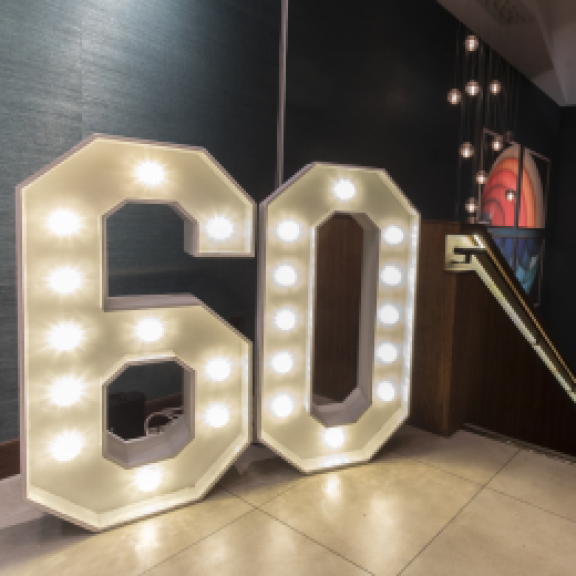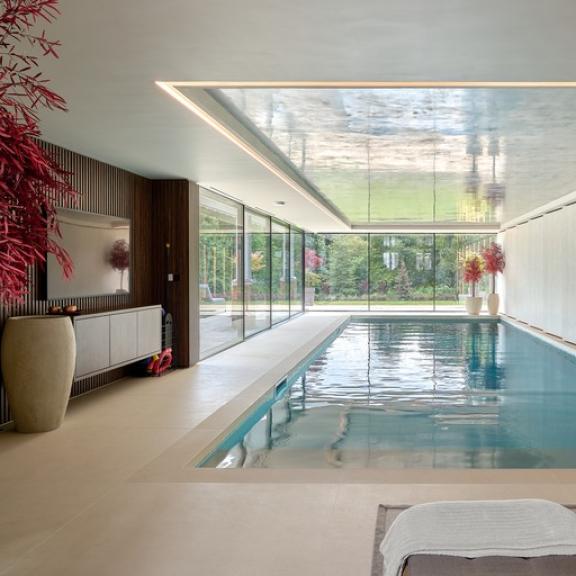VAT, Brexit and FF&E
Better understand VAT and tax relief in a post Brexit world.

One of the key tasks of an interior designer is sourcing materials, furnishings and fixtures for their clients'. Prior to Brexit, the movement of goods was relatively straight forward in terms of speed of movement (from supplier to customer) and costs but things are now different. When you are buying FF& E, whether it is stone/marble tiles from Italy or French furnishings, Brexit has brought in extra costs and procedures that you need to be aware off especially if the client is relying on you to source the items in a timely and cost effective manner.
Whilst we cannot cover every situation in this article we have spoken to Simon Levine from BKL Chartered Accountants to ask for his guidance on three common scenarios that may occur when dealing with the European Union (“EU”).
You need to send a piece of furniture from the UK to be repaired or upholstered in the EU and then reimported back into the UK. Are there any VAT and Customs issues?
You can save VAT and Customs duties by using two reliefs. When the goods leave the UK to be repaired, as long as you export them under what is called ‘Outward Processing Relief’, then depending on the item, the reimport into the UK will give either a partial or full relief from VAT and Customs Duty. When the goods enter the EU, they need to be imported under what is called ‘Inward Processing Relief’ so that any import VAT and Customs Duty is suspended and won’t be charged as long as the proper rules are followed including reexporting the goods within a certain time and reporting requirements.
On a practical level you will need to find an experienced agent in possibly the UK and the relevant EU member state to complete the forms and make sure the necessary obligations and paperwork are dealt with and there will be a cost with that which needs to be taken into account when pricing for the client
You are a sole trader (i.e. not VAT registered) and want to know what you should be aware off when purchasing items from the EU for my UK clients. Would becoming a VAT registered limited company have any benefits when it comes from ordering items from the EU?
This situation is where you are buying the goods and then selling them onto your client. Before we discuss VAT, you as the importer will need to apply for an EORI number (“Economic Operators Registration and Identification”) to be allowed to import.
Irrespective of VAT registration, you may have Customs Duty to pay. We are aware of the Brexit deal agreed in December but the Customs duty free transactions in that deal are only where the goods are EU origin. If the goods you are buying from an EU supplier are not EU origin, then when imported into the UK, Customs duty will also be payable.
The next issue to point out is that import VAT will be charged when the goods arrive in the UK. The only way of making sure this import VAT is not an additional cost is to register for VAT. However, the consequence of VAT registration is that when you sell the goods to your client, you will need to charge not only on the goods but also on your interior design fee. Also, by being VAT registered, you can recover VAT on your other business expenses for example your accountancy fees.
Clearly by buying and selling the goods yourself, this brings you nearer the compulsory VAT registration threshold much quicker. When registered for VAT, the downside is that you will need to charge VAT on your fees as well. If you are not VAT registered but buying, importing and selling on you could consider acting as a disclosed agent which I will discuss next
You are a designer who primarily acts as a disclosed agent when sourcing FF&E for clients. What should you be aware of when ordering products from the EU for UK clients, given that you are not the purchaser? Do you have any liability for VAT and/or customs charges or is that all owed by the purchaser (i.e. your client)?
As you are a disclosed agent for your clients (a disclosed agent is where both the client and the suppler are aware of each other and know that the interior designer is acting on behalf of client), any sales invoice from a EU supplier will be made out to your clients, it may say C/O interior designer. The money you use will be kept in a separate individual bank account from your office account to show it is their money.
You need to arrange that when the freight company arrive at the UK ports with the goods, they are instructed to put your clients as the ‘Importer of Record’. This means that your clients will be the official importer and will be responsible for any import VAT and Customs duty. You will normally have an arrangement with the freight company that they will contact you with the amounts due and you will pay them on behalf of your client.
Assuming the goods are for your client’s private residence (and so not used for business), you also should tell the freight company to avoid any EORI issues
The key point to make with all these scenarios is that there will be extra costs from dealing with the EU and you need to consider these when giving quotes to your clients.
Explore new resources from the BIID. Seeing a padlock? Just login or become a member to view.
View the highlights from our 60th anniversary party
We asked Anna Burles: What makes the perfect software?
Discover the smart home technology awards with Platinum Partner, CEDIA
Explore the latest, member-exclusive, templates designed to make your life easier.
University of Gloucestershire wins the BIID Student Design Challenge 2025.





